- Currently Puerto Rico
- Posts
- Currently en Puerto Rico — 12 de septiembre, 2023: Aire húmedo lleva a tronadas
Currently en Puerto Rico — 12 de septiembre, 2023: Aire húmedo lleva a tronadas

Aire húmedo y vientos inusuales llevarán a tronadas
El huracán Lee alcanzó el lunes su punto más cercano a Puerto Rico, así que solo se alejará de aquí en adelante. Estará lo suficientemente al norte como para que las bandas externas ya no lleguen a la isla el martes, pero los vientos girarán al sur-suroeste en respuesta al movimiento de la tormenta hacia el noroeste, lo que transportará humedad desde los trópicos a la región durante el resto de la semana laboral. El martes estará un poco más seco, con aguaceros que estarán localizados en el interior y el norte. Pero el miércoles entrará más humedad, lo que aumentará la frecuencia de las lluvias. Tronadas serán posibles el jueves. Inundaciones de zonas urbanas y quebradas serán motivo de preocupación esta semana por la acumulación de lluvias. El ingreso de aire caliente y húmedo también aumentará las temperaturas, especialmente en las zonas urbanas y costeras del norte, y es posible que se emitan Advertencias de Calor. Y, por último, las condiciones marinas y costeras seguirán siendo peligrosas, con Advertencias para Embarcaciones Pequeñas vigentes hasta el jueves.
—John Toohey-Morales
What you need to know, currently.
The Kīlauea volcano on the big island of Hawai’i began erupting on Sunday afternoon — its fifth eruption in the past four years.
Kīlauea is one of the most active volcanoes on Earth, so this really isn’t a surprise, but it’s still a literally awesome reminder that we all live on a planet that is continually in motion at all space and time scales.
The Hawaiian islands were formed over the past 50 million years by the same plume of upwelling undersea magma in the middle of the Pacific. The island of Hawai’i is the largest and youngest island of the chain — Kīlauea emerged from under the ocean just 100,000 years ago. In 2018, the volcano’s summit collapsed and released a lava flow up to 500m (1600ft) thick that destroyed hundreds of homes and marked a shift into its current eruptive phase. In contrast, this week’s eruption is extremely minor — but still impressive.
The US Geological Survey has set up a live view of the eruption in Kīlauea’s Halemaʻumaʻu crater:
What you can do, currently.
Currently Sponsorships are short messages we co-write with you to plug your org, event, or climate-friendly business with Currently subscribers. It’s a chance to boost your visibility with Currently — one of the world’s largest daily climate newsletters — and support independent climate journalism, all at the same time. Starting at just $105.
One of my favorite organizations, Mutual Aid Disaster Relief, serves as a hub of mutual aid efforts focused on climate action in emergencies — like hurricane season. Find mutual aid network near you and join, or donate to support existing networks:
